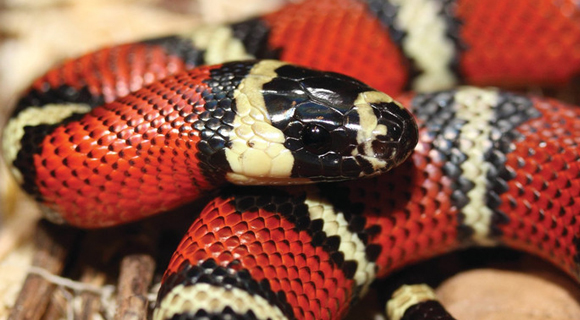WATCH: Florida Fish and Wildlife Warns Residents to Beware of Rattlesnake Breeding Season
By Florida Fish and Wildlife Conservation Commission // August 26, 2020
there are 44 species of native snakes
WATCH: Learn more about Florida’s many snake species and what to do when you encounter them. All native snakes play an important part in our ecosystem and should be left alone and admired from a distance.
(FWC) – You’re more likely to see a rattlesnake during summer and fall because males are out and about searching for a mate and females are giving birth to live young.
All native snakes play an important part in our ecosystem and should be left alone and admired from a distance.
Florida has a rich diversity of snakes and other reptiles which play an interesting and vital role in Florida’s complex ecology.
Our 44 species of native snakes are found in every conceivable habitat, from coastal mangroves and saltmarshes to freshwater wetlands and dry uplands, and many species thrive in residential areas.
However, there are just a few species that are commonly seen in developed areas, although any snake may occasionally be found in urban settings.
Snakes occupy a valuable place in Florida’s ecosystem. For example, snakes help reduce rodent populations, which destroy crops and sometimes carry diseases that can infect people.
Non-venomous snakes also consume venomous ones and can help maintain ecosystem balances. Venomous snakes are also beneficial; for example, some rattlesnake species have been reported to consume ticks in their native ranges.

Only six of Florida’s 44 snake species are venomous: the eastern coral snake, the southern copperhead, the cottonmouth, the eastern diamondback rattlesnake, the timber rattlesnake, and the dusky pygmy rattlesnake. Most Florida snakes are harmless and beneficial and remove extra rodent populations.
Even the venomous species are not particularly dangerous unless stepped on or otherwise provoked.
Most snakes you encounter are most likely to be non-venomous.
By recognizing common non-venomous snakes and understanding something of their habits, you can take a more relaxed attitude toward them and appreciate them as an integral part of Florida’s wildlife.















